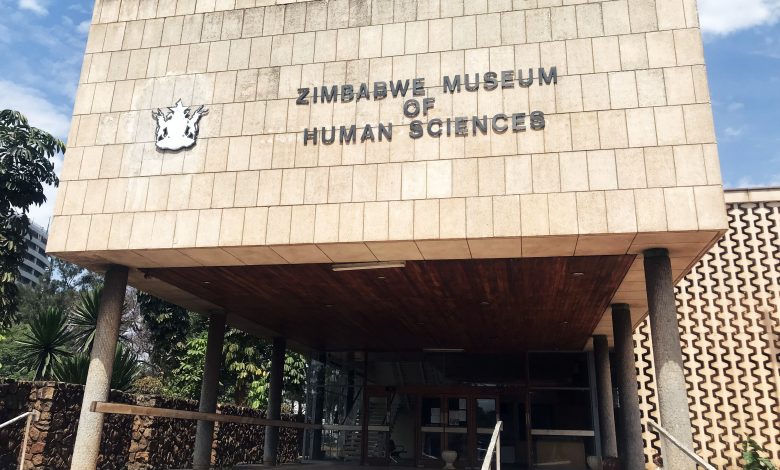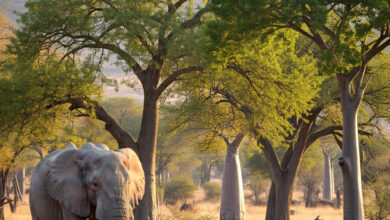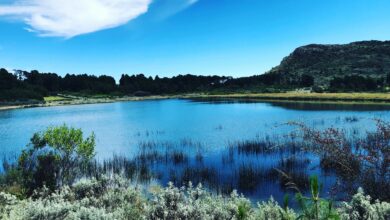Zimbabwe Museum of Human Sciences

The museum, located near the Magistrates court in Harare is endowed with interesting artefacts all laid out on a stretch of two floors behind glass shielding.
The nation’s heritage, from the iron age to colonial era, is represented by a brief history of the way of living of Zimbabwe’s ancestors and animals. Just after the entrance, to the right are large stones, a zebra and two lions. Across, one can see a display of butterflies and different kinds of birds.
Inside the museum it is quiet and cool, and according to the National Museums and Monuments of Zimbabwe’s website;
“The Museum of Human Sciences, formerly known as Queen Victoria Museum was opened in 1903. Then it was a museum and public library built in tribute to the Queen of England. The first sixty years of its existence saw the museum shifting its location three times. The present museum, located in the Civic Centre of the capital city of Zimbabwe, Harare, was opened in 1964.
Over the years the museum’s focus has undergone substantial metamorphosis. Prior to the country’s attainment of political independence from Britain in 1980, Natural History dominated the museum’s research focus particularly in the areas of paleontology, mammalogy, ornithology and ichthyology.
Prehistory and ethnology played second fiddle, nevertheless extensive work was done in rock art documentation as well as maintenance of National Monuments. The latter was the primary responsibility of the Historical Monuments Commission before its amalgamation with National Museum in October 1972.Although history constituted an important section of the museum’s network, its research emphasis and presentation were mainly to further the colonial legacy in Zimbabwe.”
Visiting the museum will cost local adults USD3 or ZWL equivalent, using the interbank rate of the day. To take pictures, one needs to pay USD5 or ZWL equivalent using the same rate. Local children are charged USD1, aged between 5 and 12 years. An international adult pays USD10 and a SADC adult USD7 and a non resident child pays USD5.
The museum displays the rich history of Zimbabwe and her people, like frozen time behind glass walls and a tour of it will leave one imagining of how it was in the old days.




